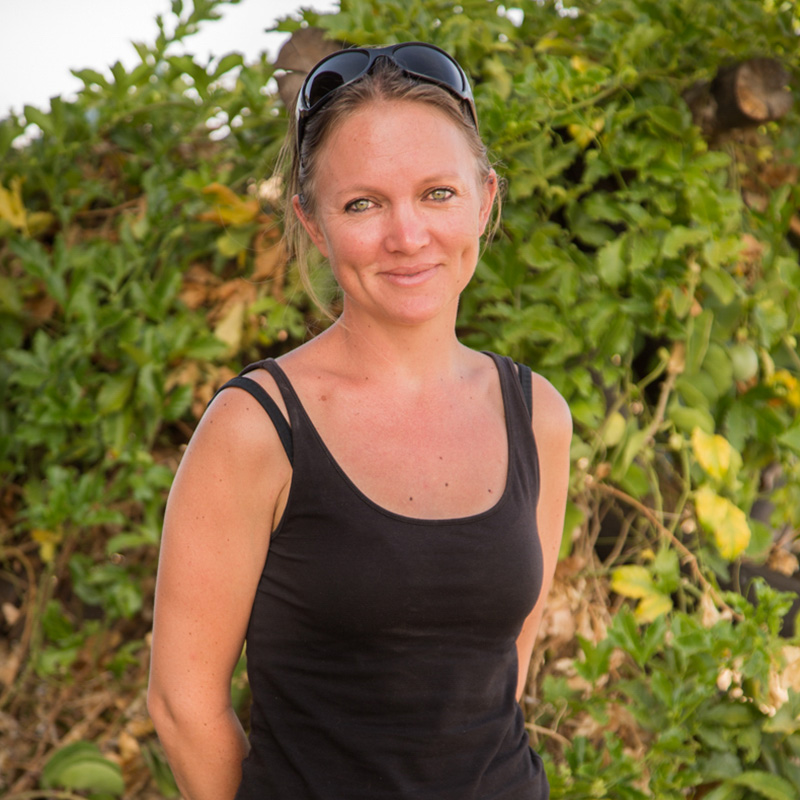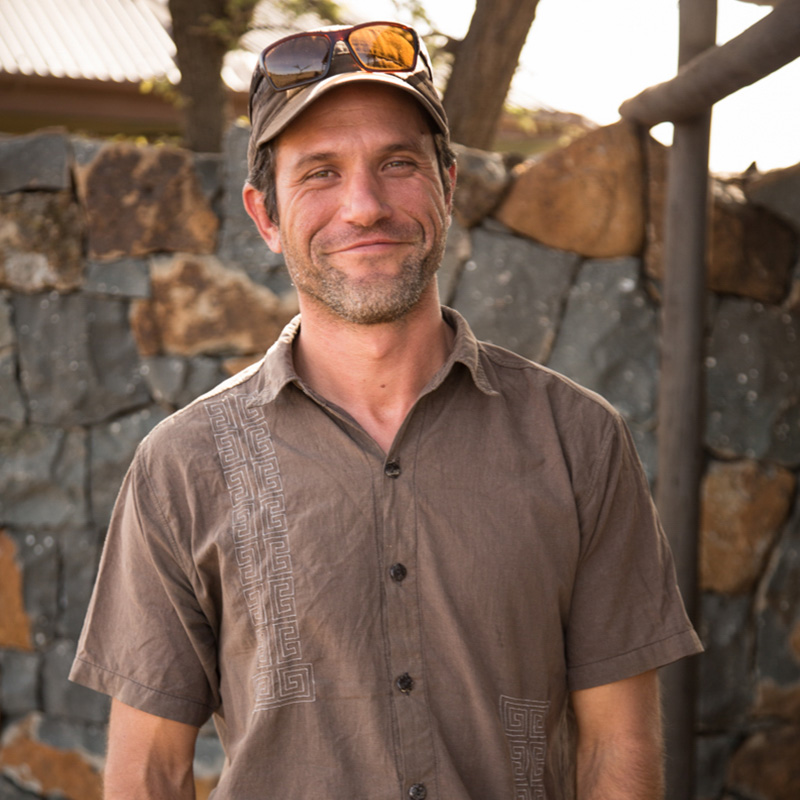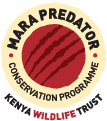Scientific Associates

Dr. Femke Broekhuis
Femke’s career with cheetahs began in 2007 as part of her MSc dissertation, investigating cheetah habitat selection in the Serengeti National Park, Tanzania. From there she joined the Botswana Predator Conservation Trust (BPCT) to set up a cheetah project and begin her DPhil research with the Wildlife Conservation Research Unit (WildCRU) at the University of Oxford. She spent four years studying cheetahs in the Okavango Delta, Botswana, investigating whether the spatio-temporal behaviour of lions and spotted hyena influenced that of cheetahs. In 2013, Femke was engaged by Kenya Wildlife Trust to establish the Mara Cheetah Project, which has now been consolidated into our Mara Predator Conservation Programme.
Under Femke’s leadership, the Mara Cheetah Project led the way in cheetah conservation in the Greater Mara Ecosystem. Findings under her directorship include baseline numbers of cheetah in the area and Femke has contributed to wider studies and published papers. Femke has also been a valuable mentor to a number of international students who have undertaken fieldwork with the Mara Cheetah Project during their academic studies.
In January 2018, Femke moved into the role of Scientific Associate, with a focus on cheetahs. In this role, Femke is focusing on analysing the data collected during her tenure and translating it into practical conservation solutions and recommendations for stakeholders, policy-makers and management bodies across the Greater Mara Ecosystem.

Dr. Nic Elliot
Nic has worked with lions since 2007, focusing his research and conservation efforts on dispersing males. In 2007 he joined the University of Oxford’s WildCRU and returned to his native Zimbabwe to conduct a PhD on the ecology of dispersal in lions which he completed in 2013. In 2013, Nic was engaged by Kenya Wildlife Trust to establish the Mara Lion Project, which has now been consolidated into our Mara Predator Conservation Programme.
Under Nic’s leadership, the Mara Lion Project was at the forefront of lion conservation in the Mara and beyond. Nic pioneered a new lion counting methodology, which has been endorsed by Kenya Wildlife Service (KWS) and which looks set to pave the way for nationwide implementation of consistent methodology. Further to this, Nic is one of the principle leaders in the development of a national lion strategy, informing Kenya’s lion conservation priorities and activities for the coming years.
In January 2018, Nic moved into the role of Scientific Associate, with a focus on lions. In this role, Nic is focusing on analysing the data collected during his tenure and translating it into practical conservation solutions and recommendations for stakeholders, policy-makers and management bodies across the Greater Mara Ecosystem.

